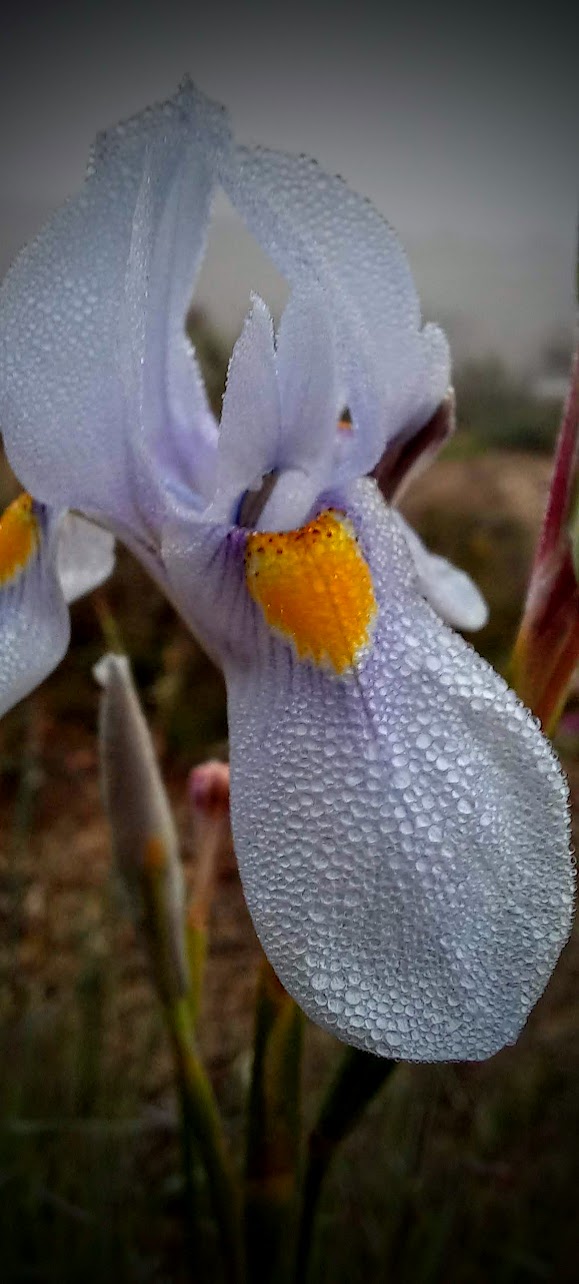I have been writing very few posts here on the site, as you probably noticed. The YouTube channel, which I hope you’re watching, is doing great (not great, but growing well). Creating the videos and fulfilling a full day of work here on the Karoo land is demanding. So, let me delve into the topic at hand. I hope this will help my readers catch up on the state of self-sufficiency here at the Karoo homestead.
Time, Money, Priorities.
I am also not operating commercially, so any form of income derived from my work comes from the videos, sale of random farm products or rendering services to friends and neighbours. On the YouTube side, ad revenue is in the mere hundreds (of rands) now, which is exacerbated by the fact that YouTube is going to stop monetizing me until I can prove my address. Why is this an issue? Well, the SA Post Office can barely keep their own lights on, let alone get Google’s letters to me (containing the verification code, etc). We are not the only country in the world that struggles with backwards state run departments. I hope Google can find a proper way to solve this problem, instead of using ancient tech like snail-mail. That is the main reason for not writing here, much. I have been focussing my efforts, time and our after-dark power storage on YouTube and Patreon. Patreon is the system I employ to give paying fans and friends a chance to see my videos ahead of time, without ads and to hang on the private Telegram group with us. I also try to share exclusive content there, which includes blog/article posts, like this. Therefore, if I have time to write, I rather try to focus it there, as it generates a much needed income derived from the support of the amazing contributing friends of the channel.
To blog here or not?
I actually feel that I should share some of the stuff I write here. It won’t ever be as bountiful as the Patreon articles, but I think it could be useful to a few readers. It is rewarding for me to write and share thoughts and experiences, and it matches the purposes of Simple-Earth : to share something that either brings a laugh, an idea or inspiration to others.
So, where are we now?
We’ve embarked on this remarkable journey toward self-sufficiency. Surrounded by immense stretches of semi-arid wilderness, we have made it our mission to not only survive but to thrive in harmony with this stern yet awe-inspiring environment. Our neighbours, most of whom we’ve become friends with, are as diverse as the ingredients of an excellent soup. Each of them contributing something unique to the community, but also with their own objectives and struggles. Our own land, however, is where we live and thrive. You already know that there was nothing here when we arrived, and by now we have the most important areas of infrastructure done. The fact is, though, that we are very far from being done (if that is even possible). Allow me to summarise the state of things below:
Water
Fresh water is the most precious and finite resource here [and frankly, in the world]. We can live and will be fine for water. It does not mean we have as much as I would like, and that is something I am continuously working on; think about it every day. We have the well (not ideal for drinking) water, which is quite loaded with minerals. It’s ideal for the animals and almost negates the need for licks in the goats. Our drinking water comes from two sources, the fountain (on a neighbour’s land) and the supply from the sky (rain).
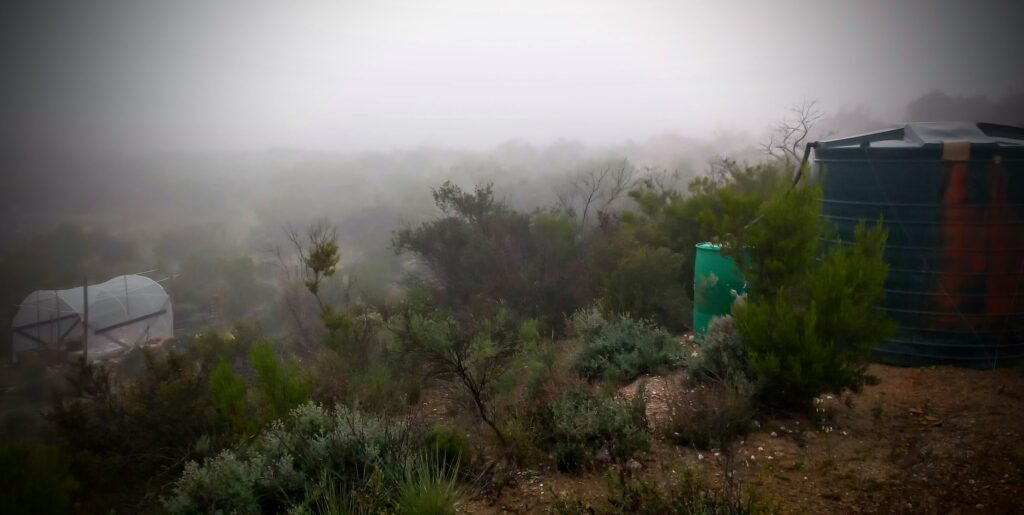
The former has been inaccessible for a while, which means we survived the last summer by enjoying purified and filtered rain-water. I am hoping to secure more storage, and additional sources soon, so that we could drip irrigate a larger amount of food plants.
Food
We can not buy food forever, nor do we want to. Food sovereignty is being in control of your food production, knowing what it is, where it came from and what went into it. I think we will buy coffee and things forever, but most we can produce most things by ourselves. We have been proved to ourselves that we can grow ample vegetables, produce more eggs than we can use and also ethically raise animals for meat products. We have sheep (for now) and will probably keep goats forever. There’s also chickens, and the possibility of rabbits. These can supply healthy amounts of meat, as well as generate income or open trade with the community. Vegetables are slow for now, but once they take off, we will have no choice but to preserve the surplus. There’re many options here, which also make for fine cuisine at no cost. Home made sauces, pickles, dried items, canned, jarred and fermented stuff. We can make all of those into spicy, tasty and delicious products with no dangerous, weird chemical preservatives. Again, excess items can be traded for things we don’t have. We are still purchasing a fair amount of items from shops, but the number is dwindling. I can see our progress almost monthly.
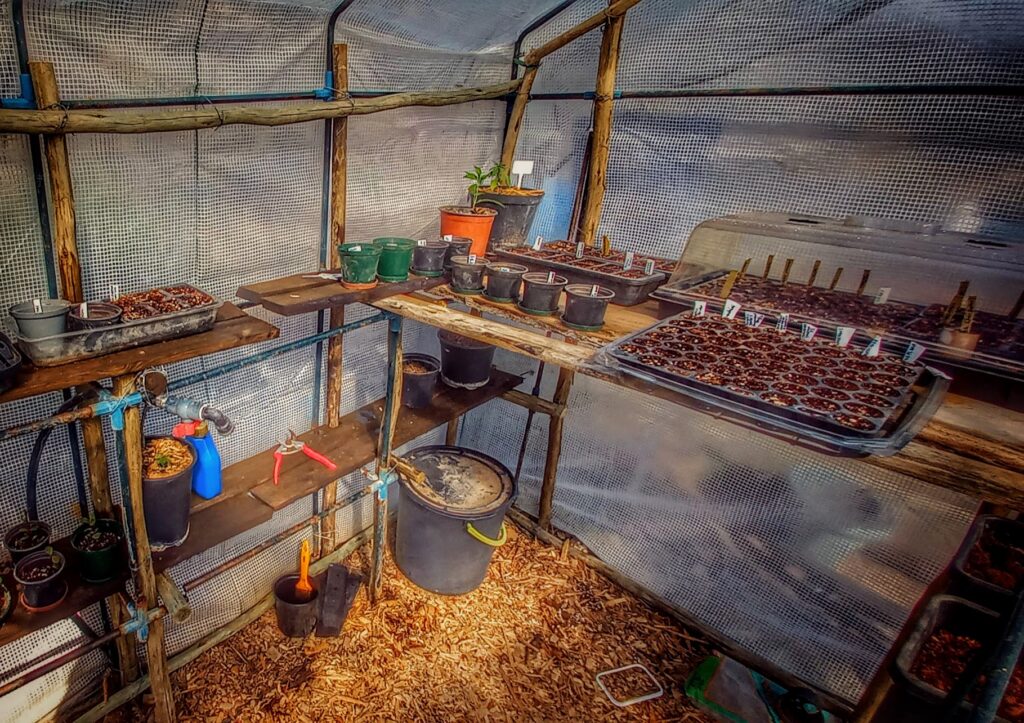
Shelter & Living Conditions
There is not much to say here. As long as a home provides warmth, shelter against the weather and a safe place to sleep, it is a good home. There’s much we can do, but none of it will be a major project. To cool the cabin down in summer, we can use some shade on the north facing walls. I am investigating passive cooling (pipes under the floor and below ground) and ventilation strategies. We solved all the leaks, but there are some places that can use better sealing.
I am going to rethink our outdoor cooking area, too. This will become a series of awesome build and plan videos! The outdoor shower is great, but it too, can use some refinements. We will see how these things go. In the end, we have warmth (passive, for now) and a pleasant place to relax and sleep in.
Animals
As I mentioned above, we are now keeping a few kinds of animals. Each passing week is a journey through the halls of research, repercussions and rewards, in keeping livestock. We are not commercial, and we do not apply typical agriculture. We don’t run feedlots and we can’t graze the veld to death. When realistically looking at the grazing capacity of Karoo veld here, most landowners are grossly over-grazing [a product of the amount of animals vs time]. Our animals, as well as our veld, must be happy, healthy and be in a continuous state of regeneration; better yet, generation and improvement from the status quo.
We love our goats the most of all, because they simply deserve it. They don’t graze; they browse. They don’t stay in one place ever, and they don’t pull things out of the ground. They don’t trample, compact or destroy our natural veld;Where they’ve been, signs of regeneration are abundant. They self medicate, are hardy and can we can trust them, mostly, to do the things we expected them to do. Right now, we have two types of goat here.
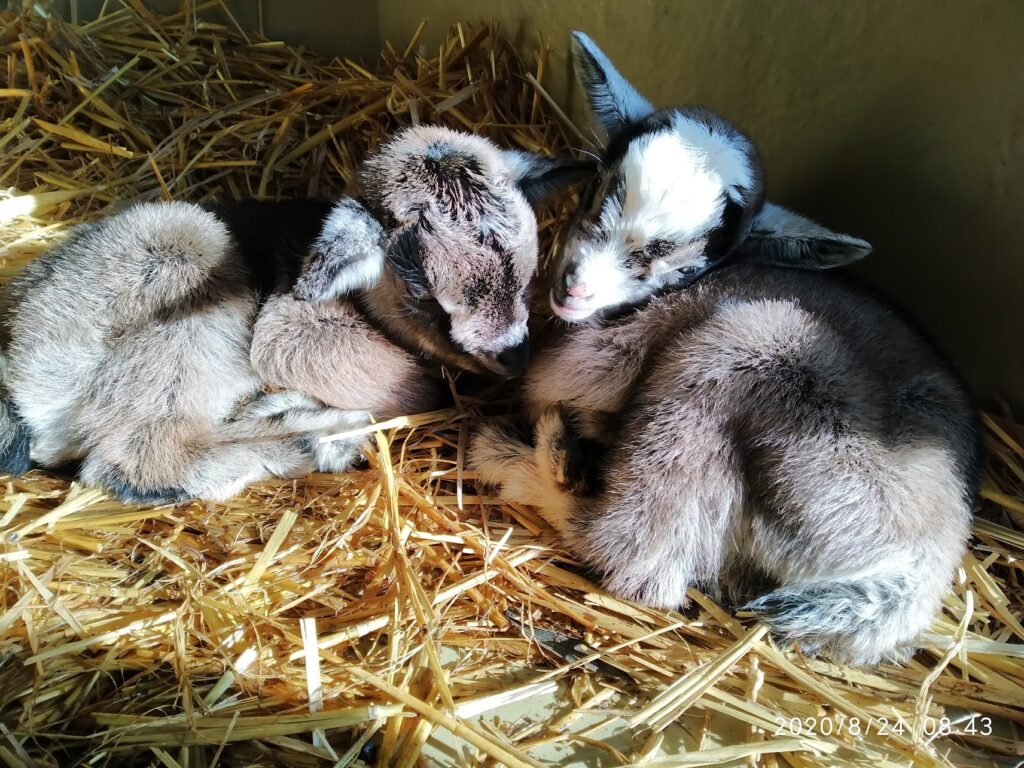
Alexia’s Nigerian Dwarf Goat herd provides us with laughs and joy, as they keep the veld in tune and provide cute, but also income-friendly little kids. We love them, so they love us.
My new (2023) goat herd comprises only three goats right now. They are Cape Lob Ears, indigenous veld goats. As predecessors of the man-made breeds we see now, they produce less meat than Boerbok or Kalahari, but they are heirloom, natural, beautiful goats. They fit into the environment, know what to eat and when, have very few issues and ample upsides. I have a few reasons and plans for putting my hard earned money into their acquisition.
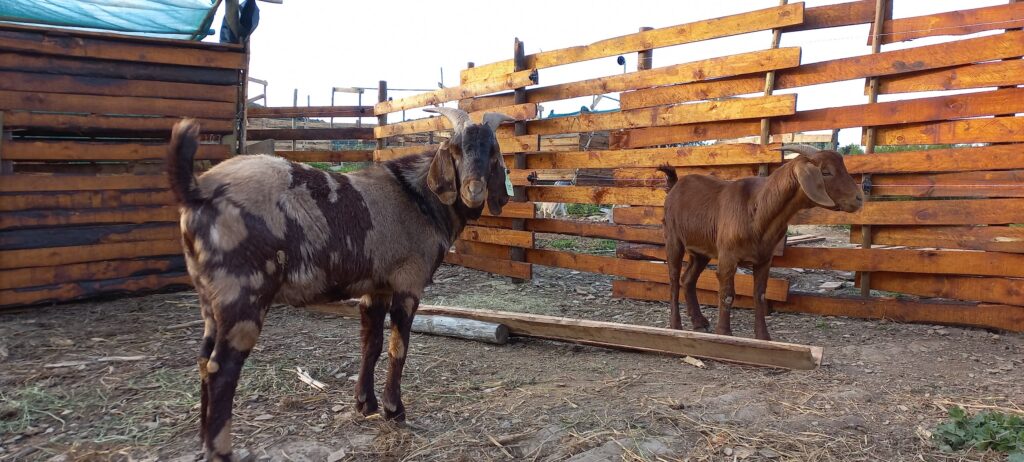
For one, I really love the breed and I love indigenous animals. My intentions to help the ecotype survive and improve (without changing) it will remain true. They are larger versions of Alexia’s NDG herd, but will perform the same duties. They will exist on and stay pure.
They will give us meat and sell for various reasons to help generate much needed income.
The chickens are doing fine, but the hens are young and not at the point of lay just yet. In some videos I mentioned this, but we went back to the chickens we found most useful and enjoyable… Araucana/Ameraucana. We have sold the Brahmas and the last two will go to our friends tomorrow. We expect chickens to be chickens, and by definition, that means a life that makes them happy. Freely hunting bugs and munching sprouts and seed & controlling pests like mice and scorpions. In the end, some of them will be meat chickens, some will be layers and others will be sold. No piece of natural land is complete without the chicks.
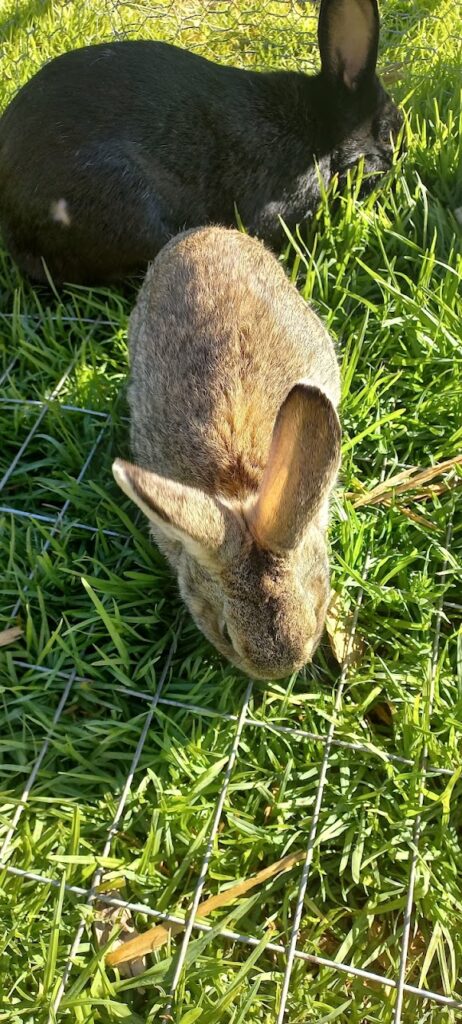
The New Zealand rabbits are gone. I took them from neighbours to help them out. Rabbit meat is healthy, for many reasons, and they are super easy to work with. I fed them in tractors at no cost (various cover crops) and also achieved a few cycles of breeding during the learning curve. In the end, I let them go to a passionate homesteader. I will definitely get rabbits again, but not until I have sold the main issue here… buildings. To keep them happy and safe requires a rotating separation system between bucks, does and kits in different timings. I just couldn’t give them that at this point. We already miss their work here (producing oodles of fertiliser and mowing the lawns).
The last thing worth mentioning is the Dorper sheep. I am not a fan, and I always felt like they have the wrong impact on the veld we live on. Just because other farmers can keep hundreds, does not mean that there is no impact on the ecology. I can see their negative impacts after days of grazing. The exact opposite of what I observe with the goats. Are sheep bad, then? Not at all. They are just bad for our time, place and infrastructure. I also believe that our supplier of ewes had some serious, long-term inbreeding, because we can see the signs of this. Many factors led to our choice to fatten them up and sell them until we can afford to fence up dedicated area and deploy a regenerative grazing plan.
Systems
We observe the principles of Permaculture here, as I think any off-grid, long-term survival setup should do. Permaculture is not some green, weird buzzword thing. It is a form or permanent-agriculture, that acts and provides guidelines to design a whole system for dealing with your inputs, outputs, waste, animals, people and plants. Many of my systems completely violate Permaculture’s guidelines because we had several areas that “had to get done”. While not an excuse, it means that I took shortcuts I need to revert and redesign soon.
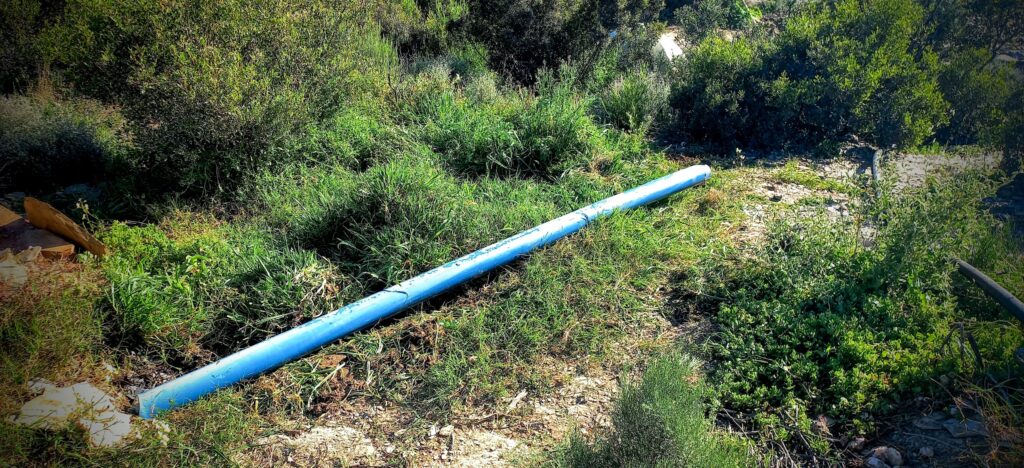
While our water harvesting and storage is good, our use of water can should be improved. The waste water from washing dishes (black water) and showers (grey water) currently flow through rudimentary grass-filtration beds.
By employing a living system, our grey and black water should easily be able to sustain fruit trees and other food sources for ourselves and the animals. To accomplish this, I will spend time on creating these grey-water purification systems soon.
The irrigation setup is improving every day, and the vegetable growing plans include only drip-irrigated and well mulched, poly-crops. The “crop circles” as we call them, are currently both doing well. Circle one is a mix of Perennial Rye, Kikuyu and various natural cover crops which the goats enjoy from time to time. I reckon it is saving us thousands already on feed costs. They know when to go there, and when to stop. Circle two is exciting for us, because it is our first foray into grains. Alexia and I tilled over a heavily eroded piece of veld, rock and all, using the two-wheel tractor. We sowed oats in there, and hand raked it. The rains came and behold, we have a knee-high field of oats so far. We will be extremely happy if they grow to seed, and allow us a complete cycle of grains from seed to feed.
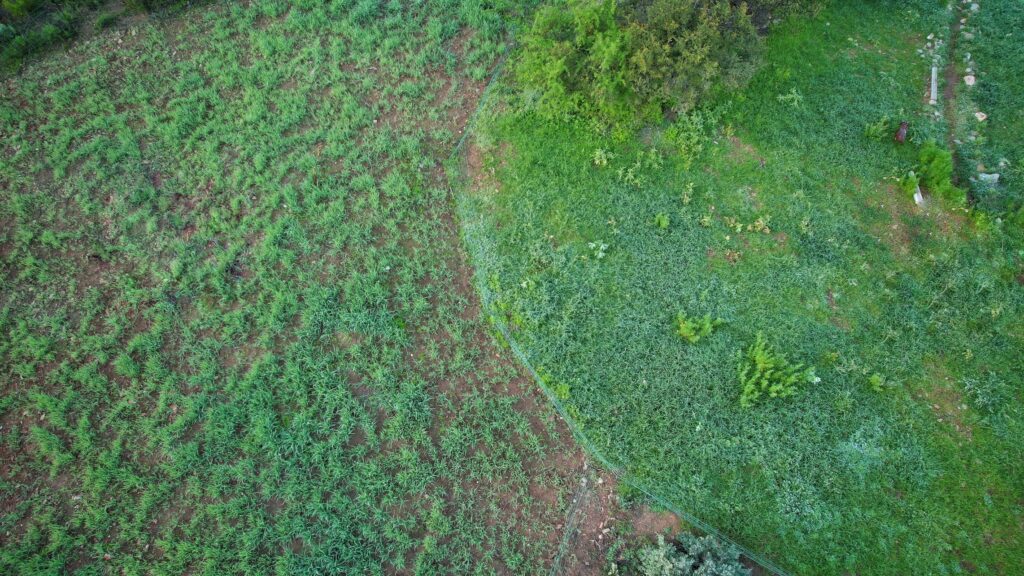
If something should happen, we will terminate the growth and still use it as feed while leaving the residue on the ground. They have proven to repair and build soil very well there. Our plan is to follow up with mielies (maize).
Other systems that I will revisit are the dry toilet and storage of water and goods. It’s working well now, and produces a safe, usable compost after twelve or more months. However, I need the system to be easier to scale, and less tedious to operate. We should store better the tools and our things that we need every day. We need buildings or containers to keep things safe and dry in. The same goes for water. I prepared two water tanks for the rains we had, totalling 7500 litres. This was about a tenth of what I could have harvested. There are not enough funds or time to build large cisterns/reservoirs now, but ideally we need to have between 30,000 and 50,000 litres of rain water stored up. Rain water is ideal for growing food and drinking. Anything more than that, and we can think about using less well-water, which is mandatory for saving ground water. No one’s got any ideas about what is going on down there!
On the technology side, I am using FarmOS to log and capture data of everything here. It means that all the information to manage seed, feed, animals, water, vehicles etc. are at hand when we need it. As this is a part of my former career, I also hope to provide hosting of FarmOS to interested parties at a nominal fee. In terms of simplicity and resilience, it would be unwise to invest too much time or money into overly technical things we cannot manage or repair ourselves (with affordable parts). The electricity generation is superb, and we love our system. The internet could be better, but it works well considering how remote we are. Until Starlink or another low-earth orbit operator provides affordable internet here, we are doomed to stick with sub 10 megabit wireless. There’s a few security and safety systems in place, but I won’t be putting a lot more into fancy things that can fail and cause loss or damage. The electronic water timers that irrigate the vegetables and almond trees are already giving me worries.
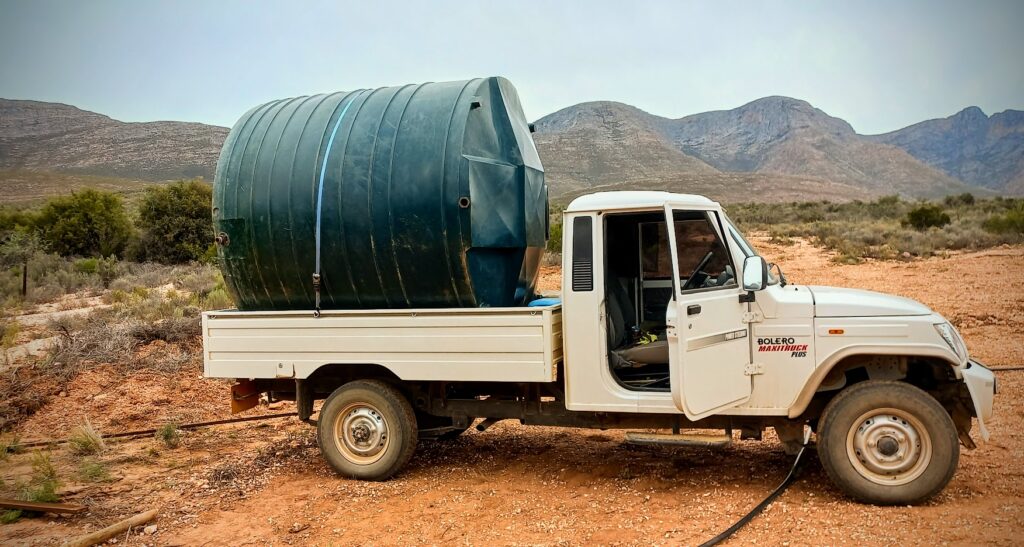
On that note, I also had to change out our vehicle. Alexia and I had several vehicles over the last decade, and back then, we only needed to get to work and travel a little over weekends. We always missed our 4×4 Jimny (arguable as one of very few proper 4x4s around now), but never had a use for it again. Living out here stretched us thin, however. Heavy rains locked us into the property many times. The private servitudes and public roads alike suffered damages and flooded. Even now, they are bad and in a state of disrepair. Until recently, we had the Mahindra Bolero and prior to that, a Mahindra Pik Up. Both were extremely reliable, powerful workers that we could rely on. The Bolero carried its fair share of loads in woodchips and planks, feed bags and sundries, without flinching. Its downsides were a very light rear-end that would lose traction even in the dry, and not enough safety features. It was also not a 4×4 and didn’t even have a differential lock.
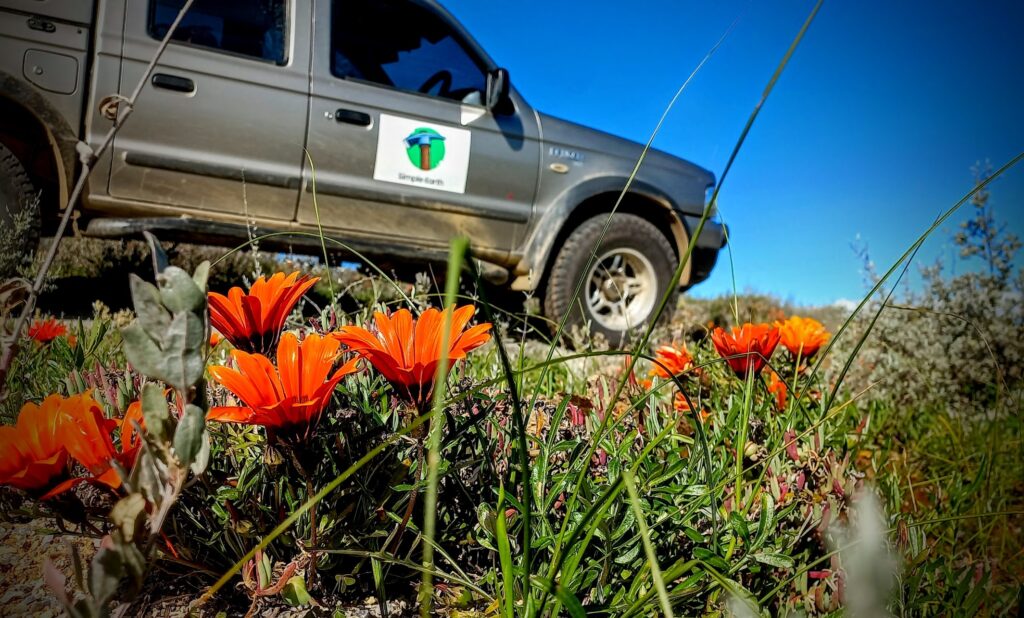
We had to find a 4×4, and with copious amounts of research (mostly Alexia) we decided on a few vehicles from specific periods. In the end, we found a Ford Ranger 4×4 that is well known to an acquaintance and pre-owned by someone we know. If money was no issue, there’ are a lot of things we could have purchased, but this is a good vehicle.
We love it. It is comfortable, powerful and has everything we need to get ourselves out of trouble here. We hope for problem free times ahead with our new stRanger friend.
Zombie Apocalypse Scenario
The state of self-sufficiency here at the Karoo homestead
Could we survive if something happened that would lock us on our property? I think so. We have plans, sub-systems and strategies that could be launched now. It would be uncomfortable, difficult and tedious, but it will work fine. About a year from now, we will be even better off. Every step counts. Neighbours and friends are all working on their own systems. Trade and support system are already working well for us. Swopping tit for tat, whether it is animal medicine or grains, is proving to be effective. In order to be highly self-sufficient (100% is not possible) and highly self-reliant (entirely trusting your gut, inventive, confidence, problem-solving strategies and instincts.) we need more time, a lot more work and huge amounts of co-operation with communities. Hunting and foraging ethically, harvesting natural resources, etc are also key areas that need to improve. Over time, this will get better and smoother.
This is where we are at, and I hope that you, too, are improving your ways daily. This stuff is not just possible, but it is how we evolved as humans, and what we did hundreds and thousands of years ago. We just need to keep remembering that and aiming for it. For us, it means we have to keep grafting. Heavy physical and mental work is required every day, and that is fine. It’s rewarding, healthy and feels good when it puts something on the table.
Thank you for reading the ‘state of our progress’ update. You can follow a lot of what I said here in photo form on the Instagram feed. Please support the channel by watching videos. I rely on every view and each thread of support for the videos, as they take immense time from my work to produce. Stay the course!

